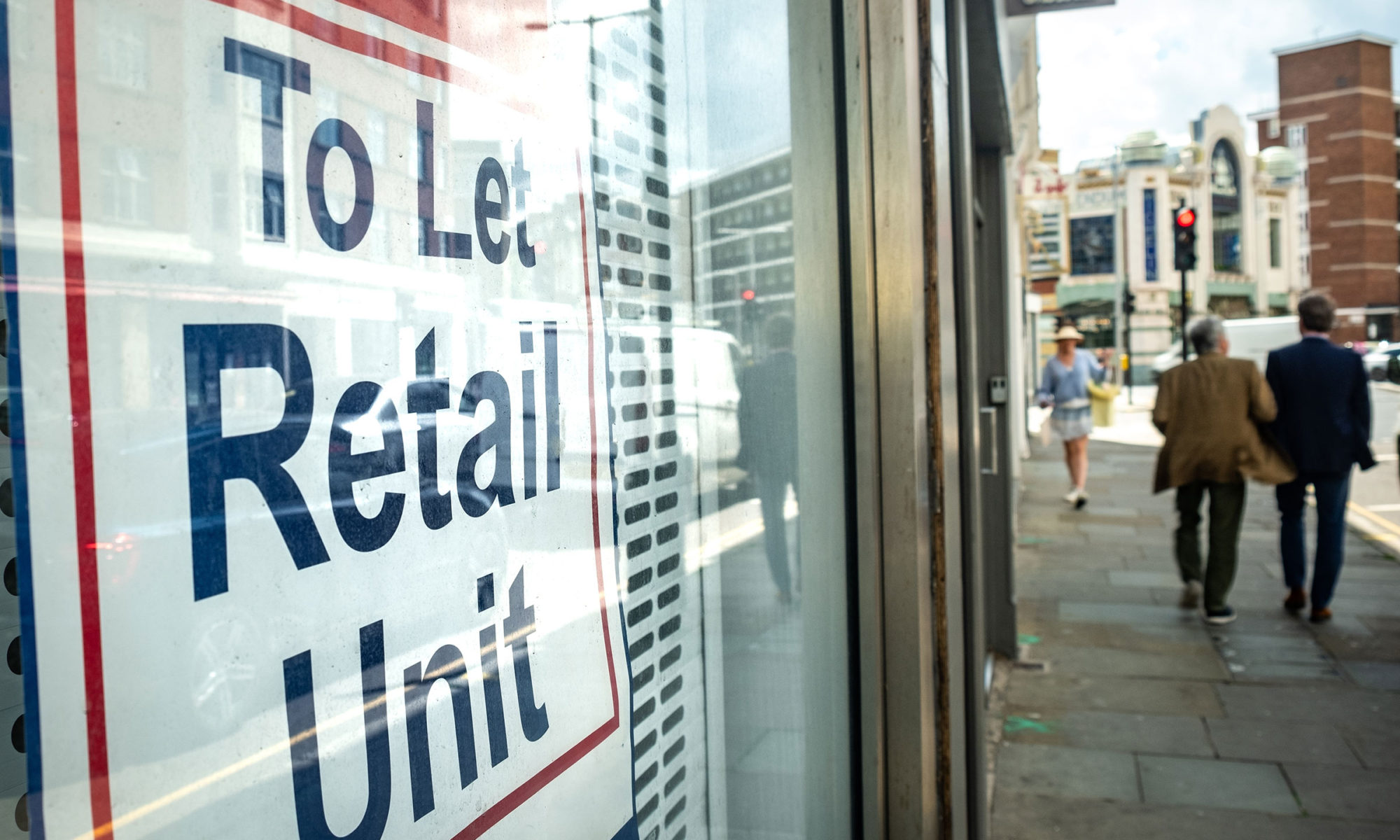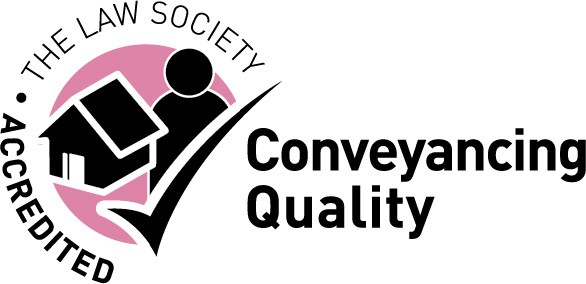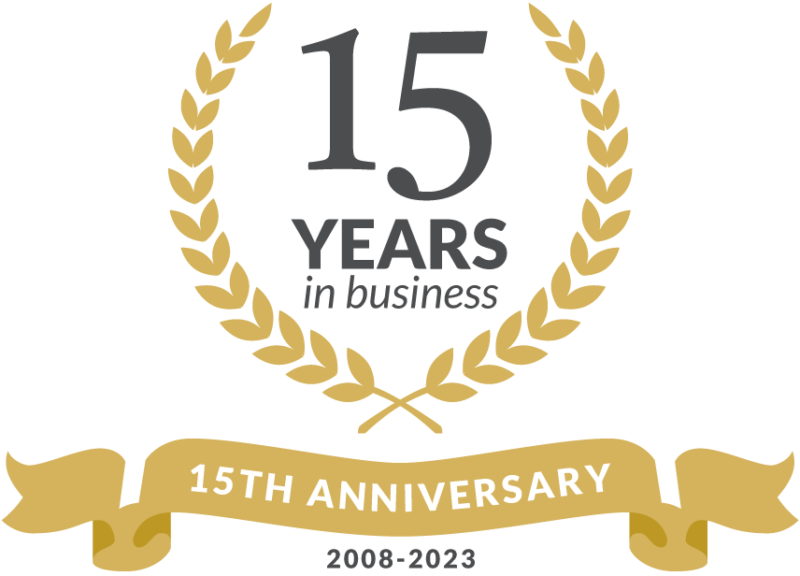The UK commercial property rental market is predicted to look strong for at least the next five years. Latest Statista figures forecast growth in rentals between 2023 and 2027 across all sectors from industrial, office to retail, shopping centres and warehouses. Perhaps surprising to some, with the rise in working from home, office space rentals are predicted to be one the highest with a 1.1% increase expected during this period, while industrial real estate rents lead the way with an anticipated 3.3 % per year growth util 2027.
This is all very encouraging however, it is worth noting that whether you’re an experienced commercial landlord or in the process of purchasing your first property to lease, commercial leases are more complex than residential leases. They come in various forms, each with its own set of terms and conditions. Therefore, we’ve outlined below several factors to consider within a commercial property lease that both the landlord and tenant should be aware of.
Basics of a commercial lease
A commercial lease is a legally binding contract made between a business tenant and their landlord. There are usually two parties involved. The ‘lessor’, who is the landlord and owns the property and the ‘lessee’, who is the tenant and is allowed to use the property in exchange for rent.
The lease gives the tenant the right to use the property for commercial activity for the lease’s duration in exchange for regular payment to the landlord. Any agreements made, whether financial or other, should be recorded in writing for future legal reference. If a dispute occurs over the lease, a court will hear evidence, and it usually upholds a written agreement over anything verbal. In addition to this, commercial leases have less government protection than residential leases, as businesses are expected to be able to negotiate for themselves. However, this also means that both the tenant and the landlord have more bargaining power.
The Lease Term
When working with a commercial conveyancing solicitor, consider your lease term, which is the length of time that the tenant has agreed to rent the property. This may differ depending on the agreement made. It should typically stipulate a ‘fixed term’ which is when the lease starts and ends on specific dates however either party can terminate the lease earlier if there is a Break Right in the lease.
Also, attention to detail in the contract is key as the landlord cannot increase the rent or change any terms of the lease unless they reserved the right to do so in the terms of the lease. When the lease term is up the tenant may have the statutory right to renew under the Landlord and Tenant Act 1954 however, a lease can contract out of the Landlord and Tenant Act which means that there is no right to renew. This means that after a fixed lease ends, the landlord may evict their tenant or agree to a month-by-month payment basis for them to stay. Alternatively, a new lease can be signed.
If you have a periodic tenancy then this will continue indefinitely until either the tenant or the landlord gives notice to terminate the lease. At the end of the notice period, the tenant must move out or the landlord can begin eviction proceedings. In a periodic lease, the landlord is usually able to raise the rent and change the lease’s terms so long as notice is given.
Financial Payments
Stipulating in your lease how much will be paid in rent is critical for the security of both the tenant and landlord. Rent can be paid on any date that the landlord and tenant agree on, but it is usually paid monthly or on quarterly days of the financial year. This minimum rent, excluding any additional or operating costs, is known as the ‘base rent’. Commercial leases can also include a rental arrangement known as a ‘percentage lease’, common in shopping centres and similar premises, where the tenant will pay a base rent in addition to a percentage of their gross income.
Some lease types come with specific renting conditions. In an ‘FRI’ lease, the tenant covers the costs of maintenance and repair on the property, as well as insurance (whether insured directly or through the landlord). A ‘Gross rent’ commercial lease only requires that the tenant pays a base rent while the landlord pays all other expenses, including operation, tax, maintenance, utility and insurance.
Check service charges
Whether you hold a Gross rent commercial lease or other, ensure to check the lease for any service charges, which is the cost of maintaining and repairing a property that the landlord can charge back to the tenant. Negotiate these within the lease before signing, taking the advice of a commercial conveyancing solicitor, as these expenses can range from things beyond repairs and maintenance to insurance premiums and employing staff such as gardeners and cleaners. Check as there may also be a ‘sinking fund’ in the lease which allows landlords to collect money for any unexpected costs such as roof repairs.
Security Deposit
Finally, consider your security deposit when drawing up a commercial lease. This is a sum of money that the tenant must pay to the landlord at the beginning of a lease, used to cover any property damage or missed rent during their stay. In commercial conveyancing, this sum can be whatever amount the landlord asks for so ensure to negotiate. What remains of this deposit will be returned when the tenant moves out.
If you need help and support on matters concerning a commercial lease, our team of commercial conveyancing solicitors at Thomas and Thomas Solicitors provide a comprehensive range of services. For further support and advice, please contact us here.





